After traveling through more than 50 countries, I keep coming back to Sardinia every summer. The crystalline waters around this Italian island are honestly the cleanest I’ve ever seen. They pull me in every single time.
Sardinia just nails that rare mix: stunning beaches, ancient ruins, and food you can’t get anywhere else. It’s a paradise that never loses its magic for me.
Even though Sardinia isn’t one of Italy’s richest regions, it feels more real than a lot of places. When I wander through the villages, locals greet me with genuine warmth. They really hold on to their cultural traditions and you can feel their pride.
The Sardinian spin on Italian food always surprises me. There are flavors here I can’t find anywhere else.
These days, new rules help keep the crowds in check on Sardinia’s famous beaches. But I’ve realized that if you leave the coast behind, there’s so much more to discover.
My mornings usually start with a swim in those turquoise waters. By afternoon, I’m off climbing among ancient nuraghi or hiking quiet coastal trails that most tourists miss.
This balance between chilling out and exploring is exactly why Sardinia has become my summer home away from home.
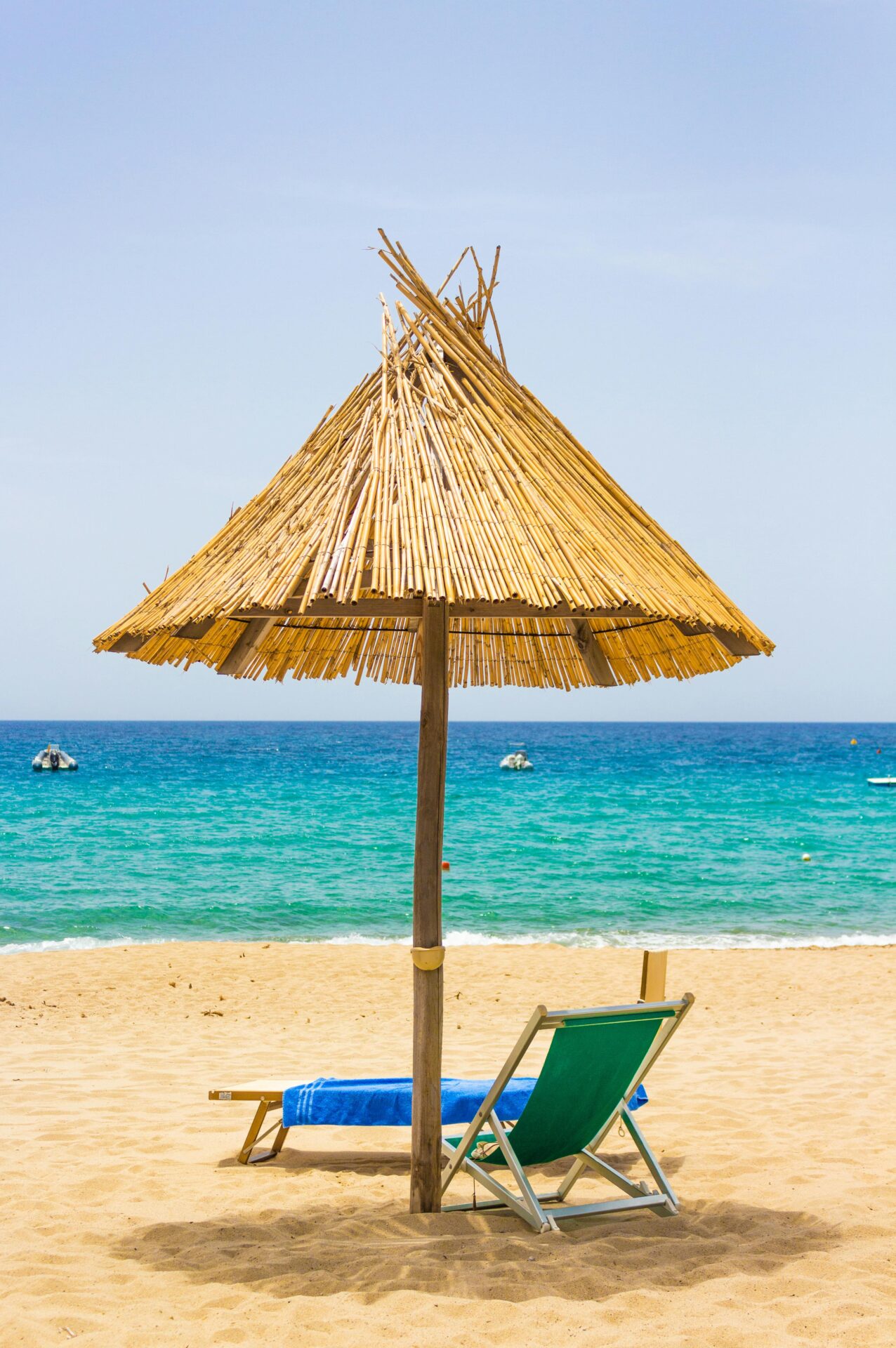
Discovering the Unique Allure of Sardinia
Sardinia hooked me from the start. There’s something about the mix of wild scenery, real culture, and a laid-back vibe that you just don’t find elsewhere in the Mediterranean.
Vibrant Mediterranean Culture
Sardinian culture feels like a hidden world. In tiny villages, I’ve stumbled into festivals where people still wear traditional costumes that haven’t changed in ages.
The food here tells its own story. Sardinian dishes use ingredients you won’t find on the mainland—bottarga, fregola, seadas dripping with honey.
Music stands out too. I’ve sat in total awe listening to “canto a tenore,” a kind of polyphonic singing that’s so unique it’s on UNESCO’s list.
Language brings another twist. Sure, everyone speaks Italian, but plenty of people use Sardinian (Sardu) every day, with dialects that go back further than Latin.
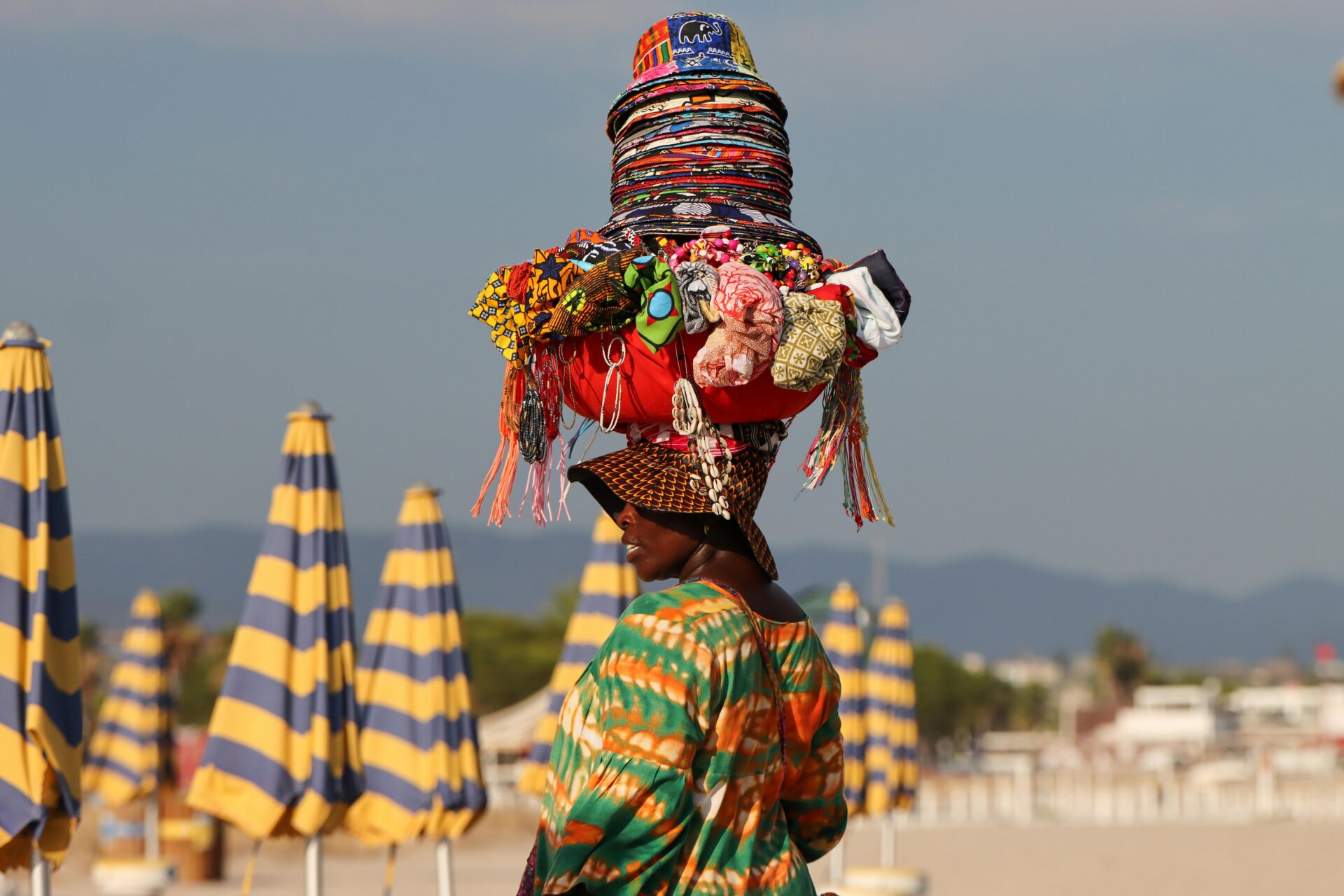
Sardinian Community Spirit
Community here runs deep. Locals have invited me to family dinners after just a quick chat at the market. That almost never happens elsewhere.
The idea of “balentìa”—this mix of courage, honor, and hospitality—defines how people treat visitors. You’re not just a tourist here; you’re a guest.
Village life still feels old-school. On summer evenings, I’ve joined in as:
- Elders swap stories in the square
- Neighbors pitch in for communal meals
- Whole families stroll together during the evening “passeggiata”
Even as the world modernizes, Sardinians protect their close-knit communities and welcome travelers who respect their way of life.
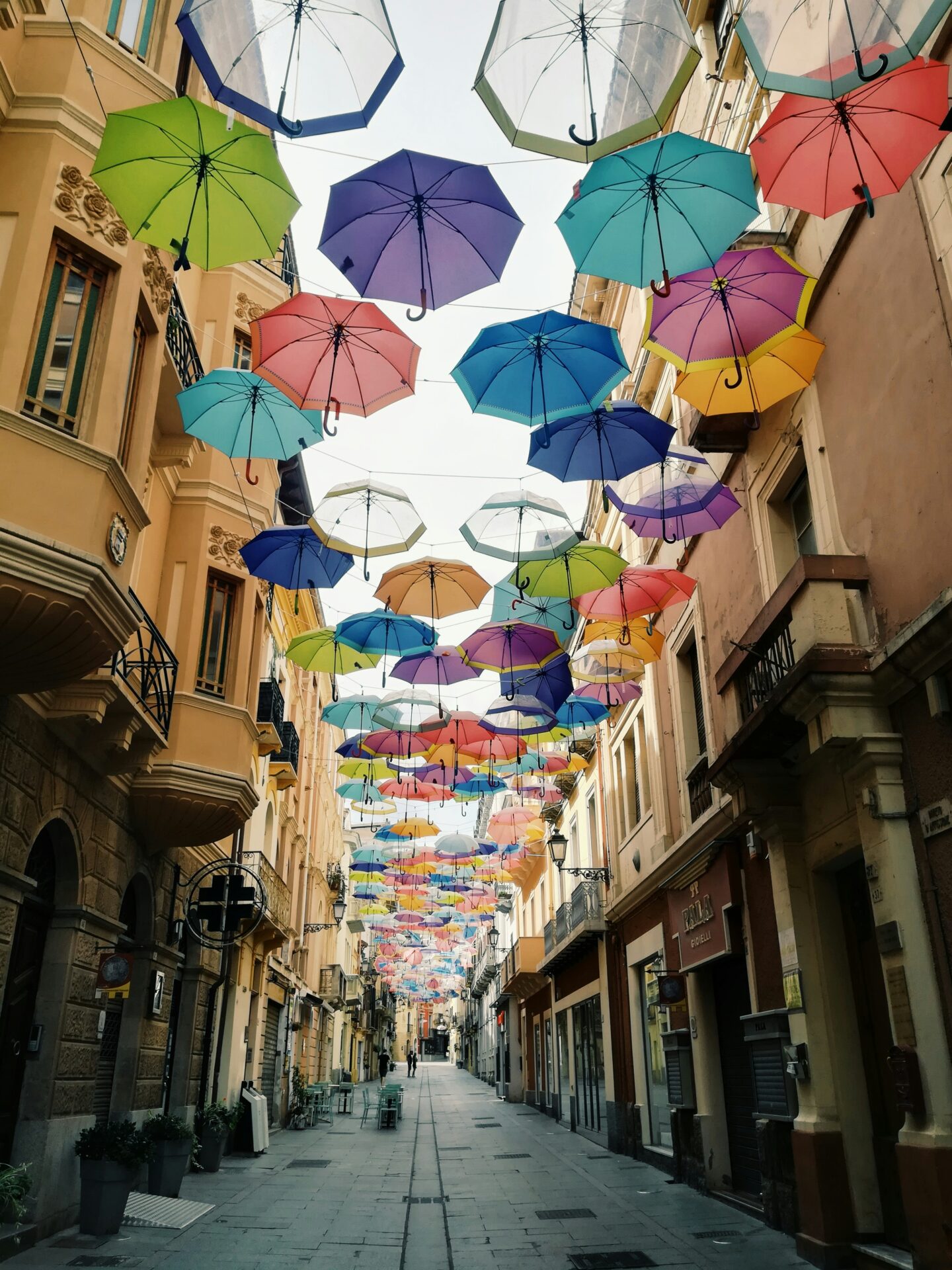
Distinctive Charm Versus Sicily and Corsica
Sicily and Corsica get their share of Mediterranean fans, but Sardinia stands apart.
Sicily has those Greek temples and a swirl of influences, Corsica brings French-Italian mashups, but Sardinia feels like it’s been frozen in time.
The landscape? It’s wild. Sardinia’s mountains shoot up from the sea, hiding coves that look untouched. The beaches are unreal—white sand, water so blue it almost hurts your eyes.
You won’t find the nuraghi anywhere else. These mysterious Bronze Age towers dot the land, hinting at a civilization that grew up apart from the mainland.
Tourism just feels different here. While Sicily can get packed, much of Sardinia stays calm, even in summer. Inland, you’ll still find real village life going on, undisturbed.
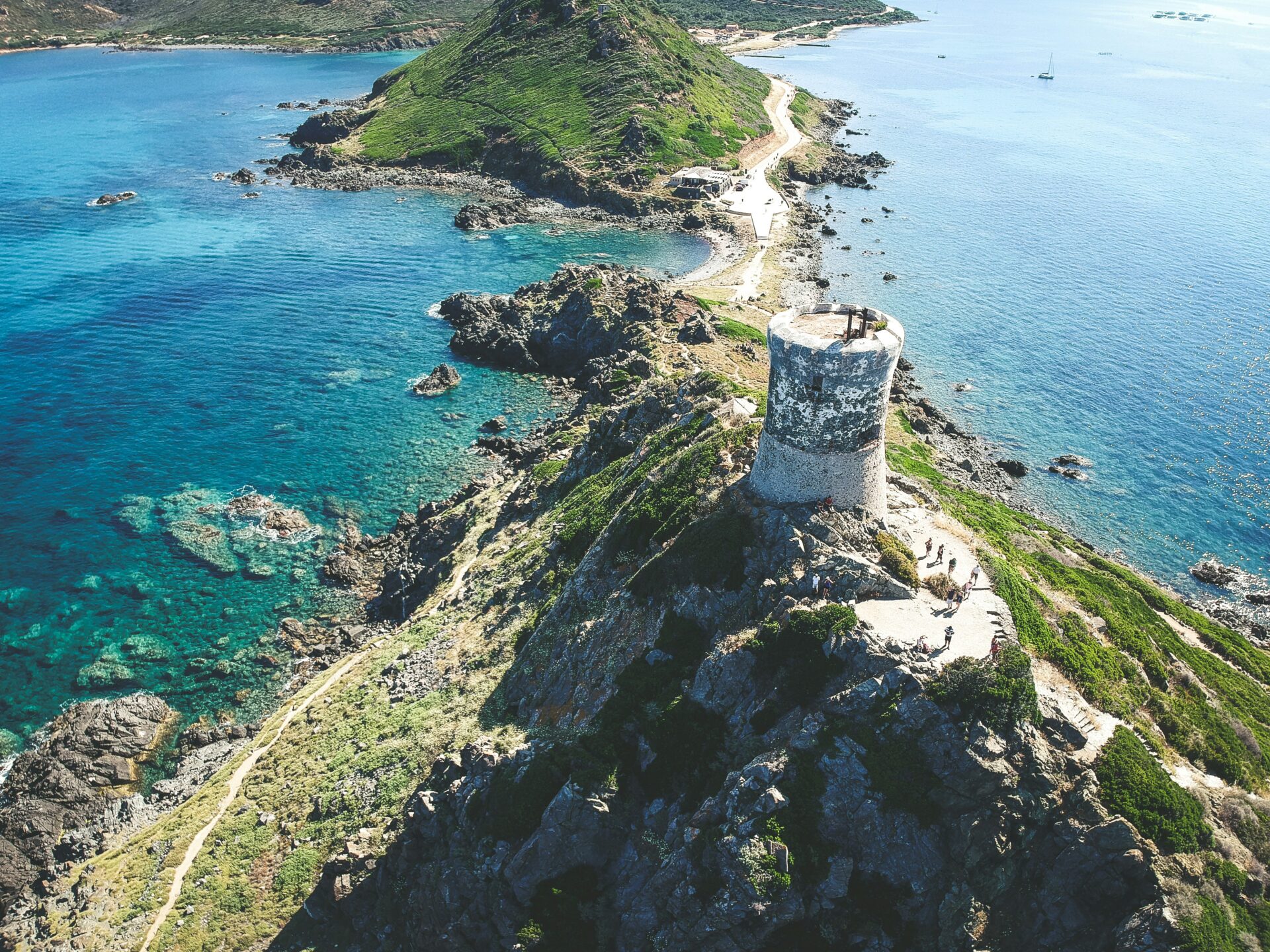
Unrivaled Natural Beauty and Outdoor Adventures
Sardinia’s landscapes have stolen my heart more than anywhere else. The island brings together pristine beaches, rugged mountains, and ancient sites. Every trip feels new.
Mesmerizing Beaches and Crystal Clear Waters
The beaches are my main reason for returning. La Pelosa Beach near Stintino has sand so white and water so clear, I sometimes wonder if my photos are even real.
Costa Smeralda hides coves that take a bit of effort to reach, but wow, are they worth it. I’ve spent hours at Cala Goloritzé, just staring at the limestone cliffs and the almost impossibly clear water.
What really sets Sardinian beaches apart is the water. On calm mornings at Cala Mariolu, I can see straight down for what feels like forever. Chia Beach has six different sandy stretches, each one with its own vibe but always with that stunning emerald water.
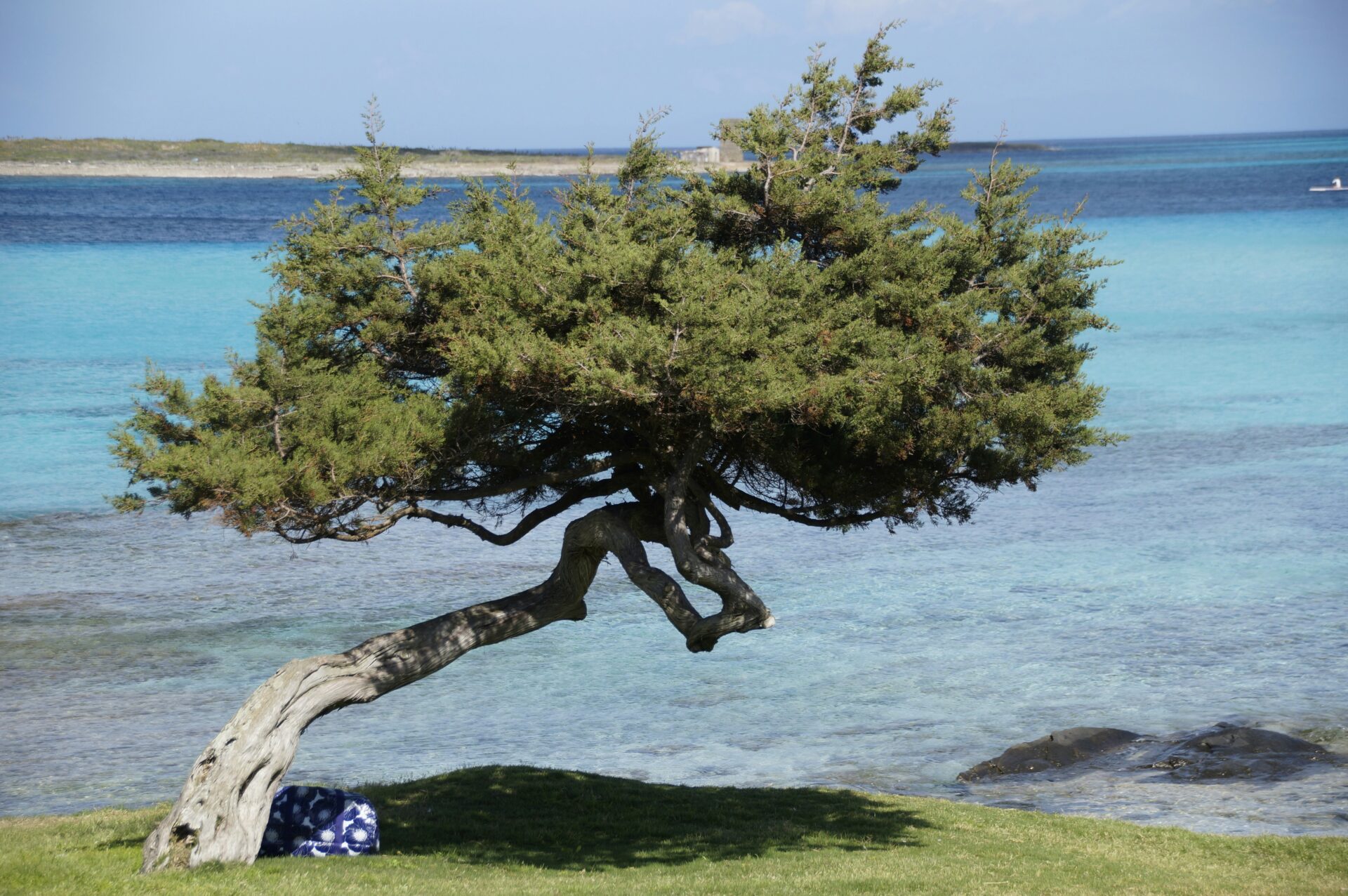
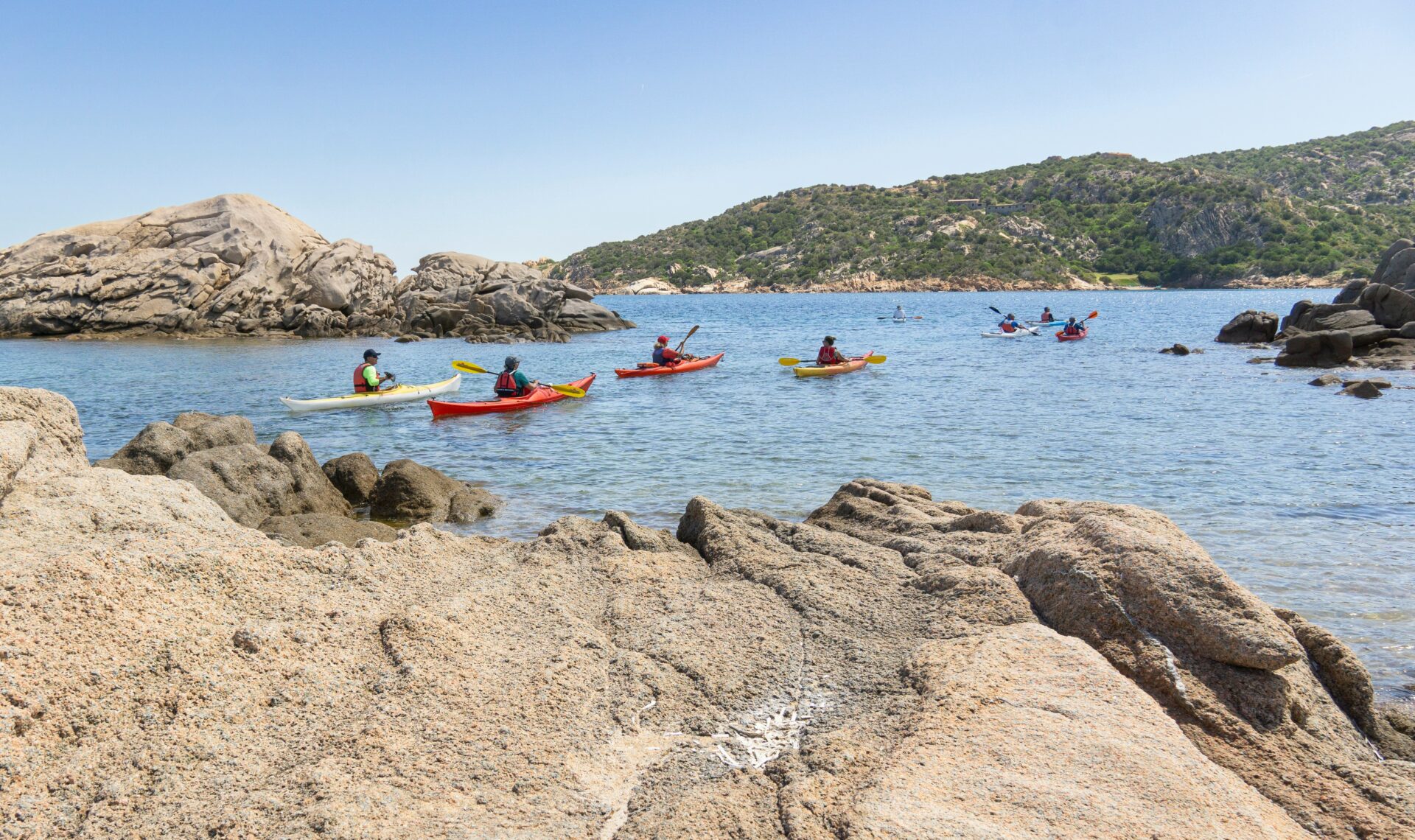
Hiking and Exploring National Parks
Sardinia’s interior surprised me. Gennargentu National Park quickly became a favorite.
The hike up Punta La Marmora (6,017 feet) gives you views clear across the island. On a good day, I can spot both coasts at once. That’s not something I’ve managed anywhere else in the Mediterranean.
Asinara National Park, once a prison, now protects rare white donkeys. I wandered through its abandoned buildings and wild trails, getting a mix of history and jaw-dropping scenery.
The Gorropu Gorge, deepest canyon in Europe, challenges even seasoned hikers. Walking between those 1,300-foot limestone walls, you find plants growing that don’t exist anywhere else. The tough hike means you often get the place to yourself.
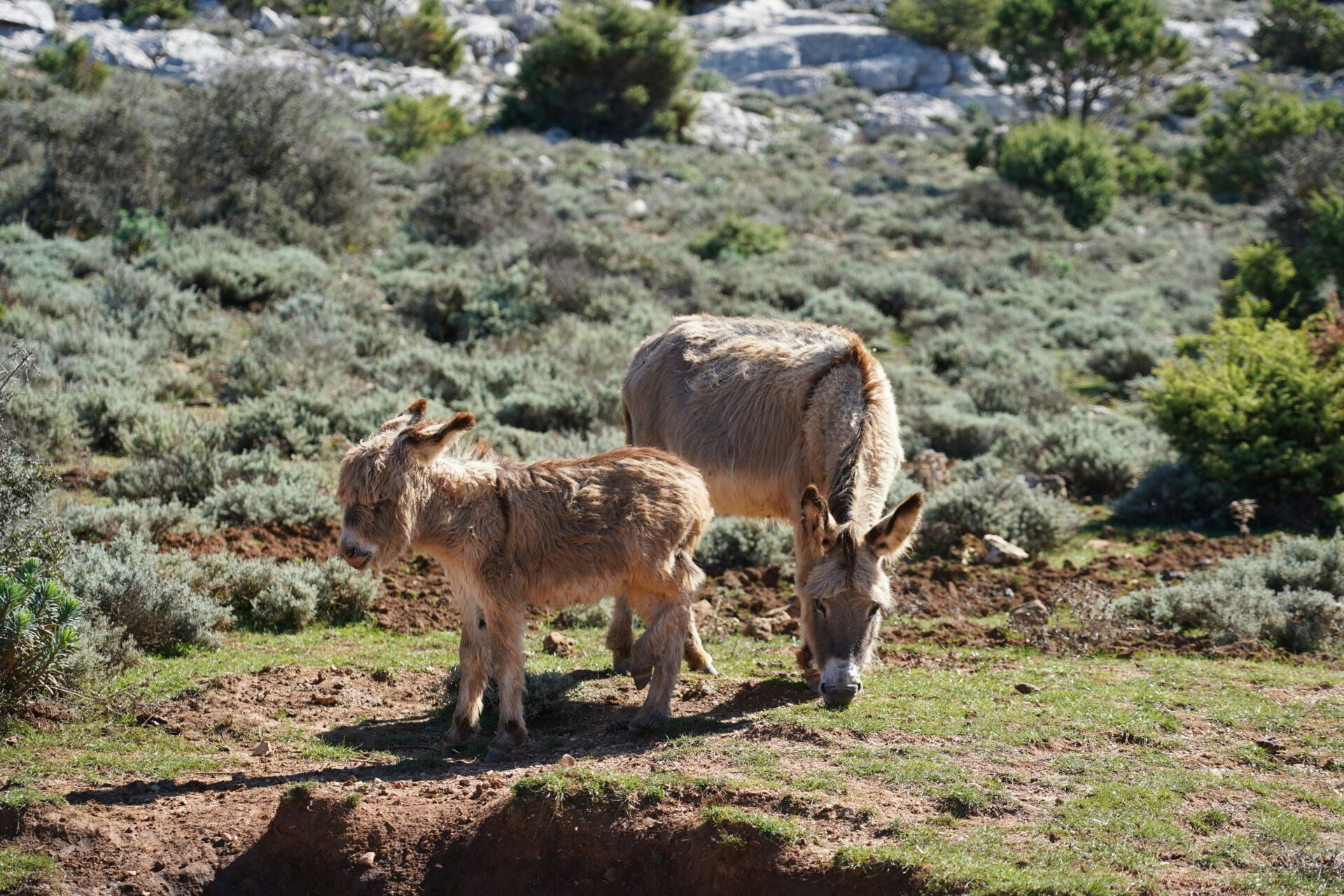
Cinematic Countryside Landscapes
Driving through Sardinia’s countryside feels like moving through a movie set. The Campidano plain shifts with the seasons—golden wheat in summer, then suddenly green after autumn rain.
In Supramonte, I found olive groves with trees over a thousand years old. Farmers here still use the old methods, passing them down through the family.
Around Jerzu, vineyards paint the hills all shades of green. I’ve even timed my visits for grape harvest, when the whole region buzzes with celebration.
What gets me every time is how untouched the countryside feels. Even near the hotspots, I often drive alone past cork oak forests and ancient shepherd huts that haven’t changed in centuries.
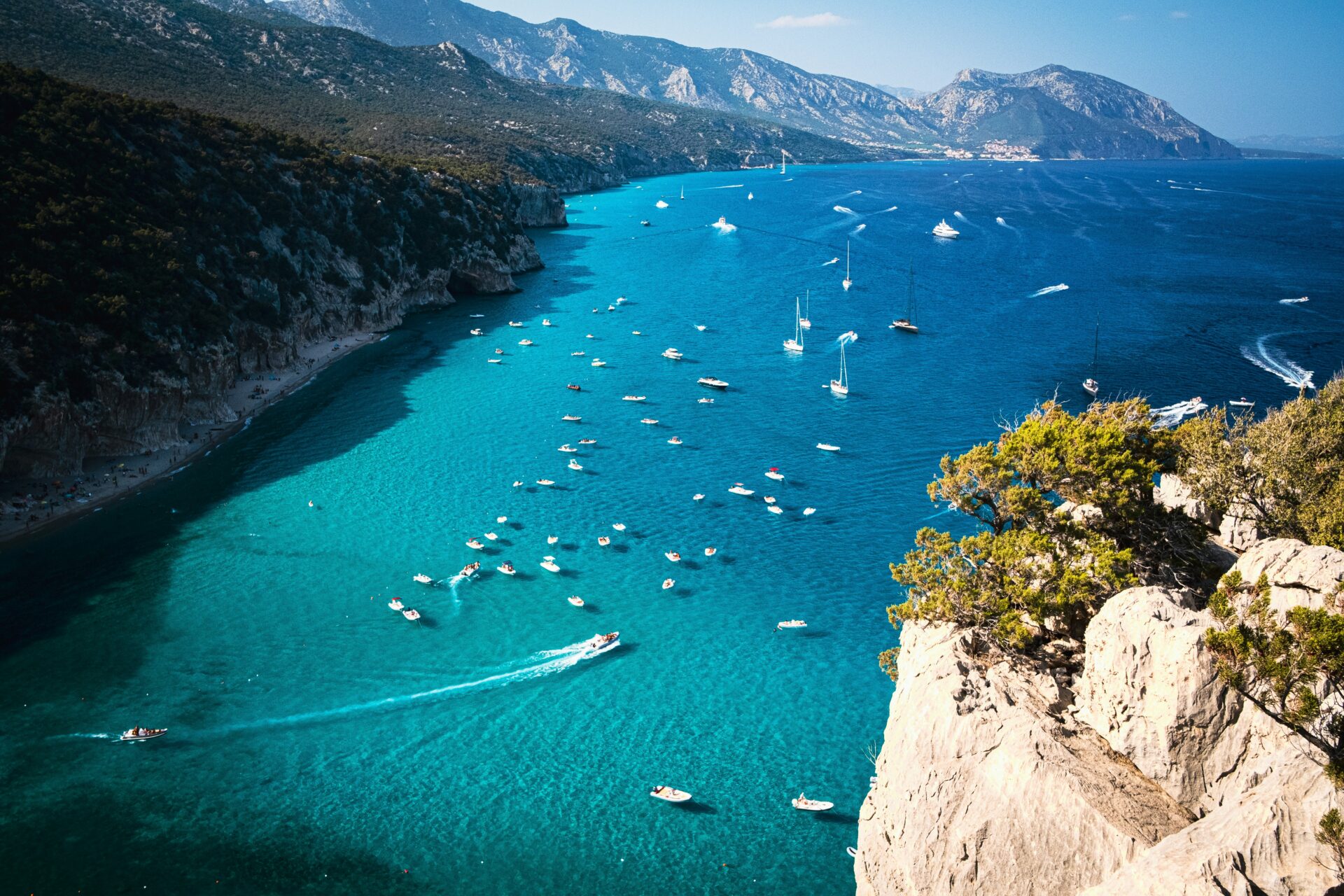
Wild Ruins and Ancient Sites
Sardinia’s nuraghi—those prehistoric stone towers—dot the island. Over 7,000 of them! Su Nuraxi di Barumini, dating to 1500 BCE, is the one I visit most.
Unlike other ruins in Italy, I’m often the only one wandering places like the Giants’ Tombs of Coddu Vecchiu. These ancient burial chambers keep a sense of mystery that bigger, busier sites just can’t match.
Tharros has Roman ruins right by the sea. Watching the sunset from those stones, with the waves crashing nearby, is a moment that sticks with you.
What I love most is how these sites blend into the landscape. At Santa Cristina’s sacred well, I’ve watched birds nest in stones that have seen rituals for 3,000 years.
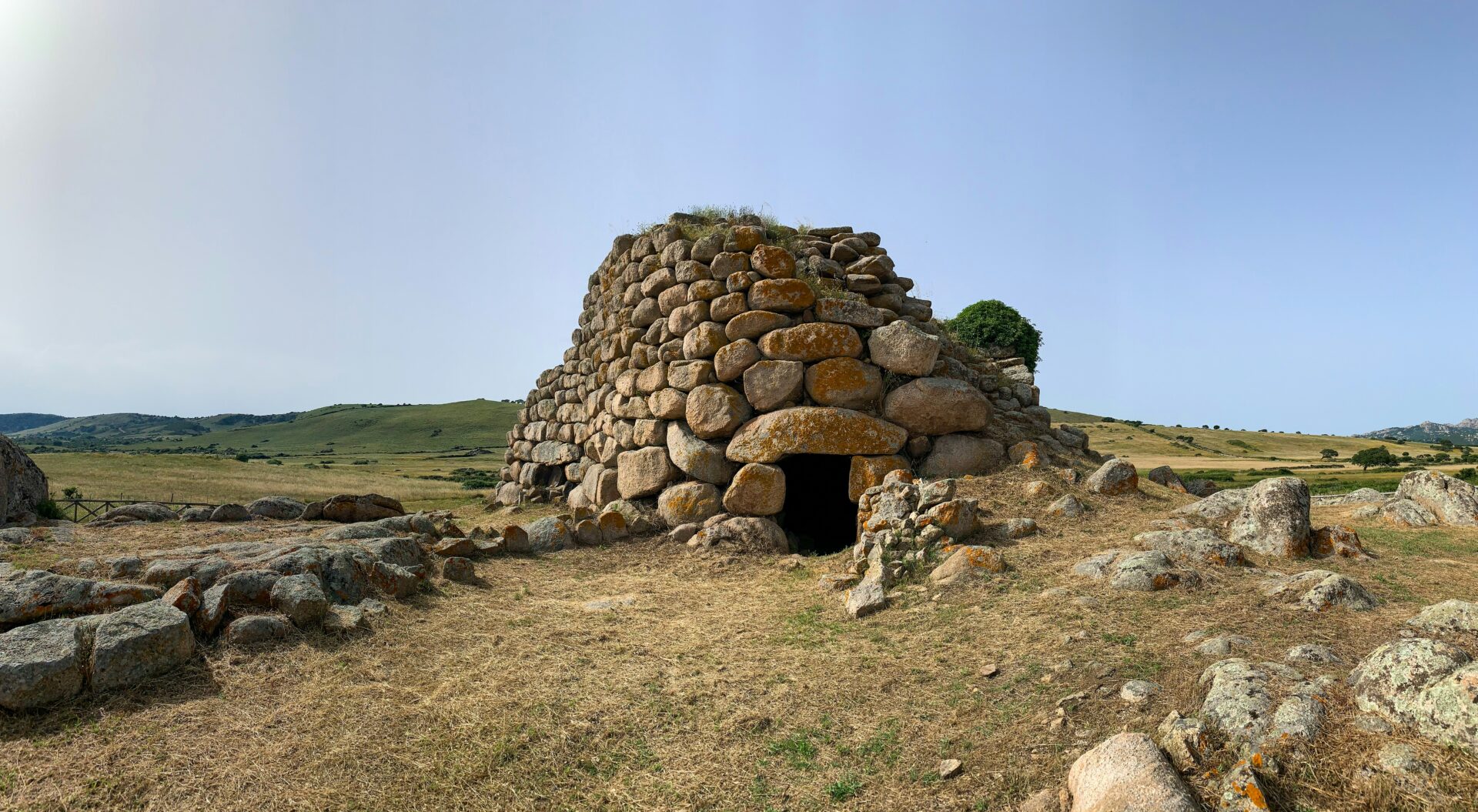
Seamless Travel Experience and Accessibility
After years of summer trips, getting around Sardinia feels easy now. The island has surprisingly smooth transportation, making it simple to see everything.
Crafting the Perfect Sardinian Itinerary
Planning a trip here means balancing beach time with culture. I find 10-14 days lets you see both coasts without feeling rushed.
My go-to plan: start in Cagliari (3 days), head east to Cala Gonone (4 days), then finish up in the Costa Smeralda (4 days).
For first-timers, I’d suggest:
- Days 1-3: Explore Cagliari and nearby beaches
- Days 4-7: Hit the eastern coastal towns and mountain villages
- Days 8-10: Check out the northern beaches and archaeological sites
Book your stay 3-4 months ahead, especially if you’re coming in July or August. Scandinavian travelers love Sardinia, so spots fill up fast.
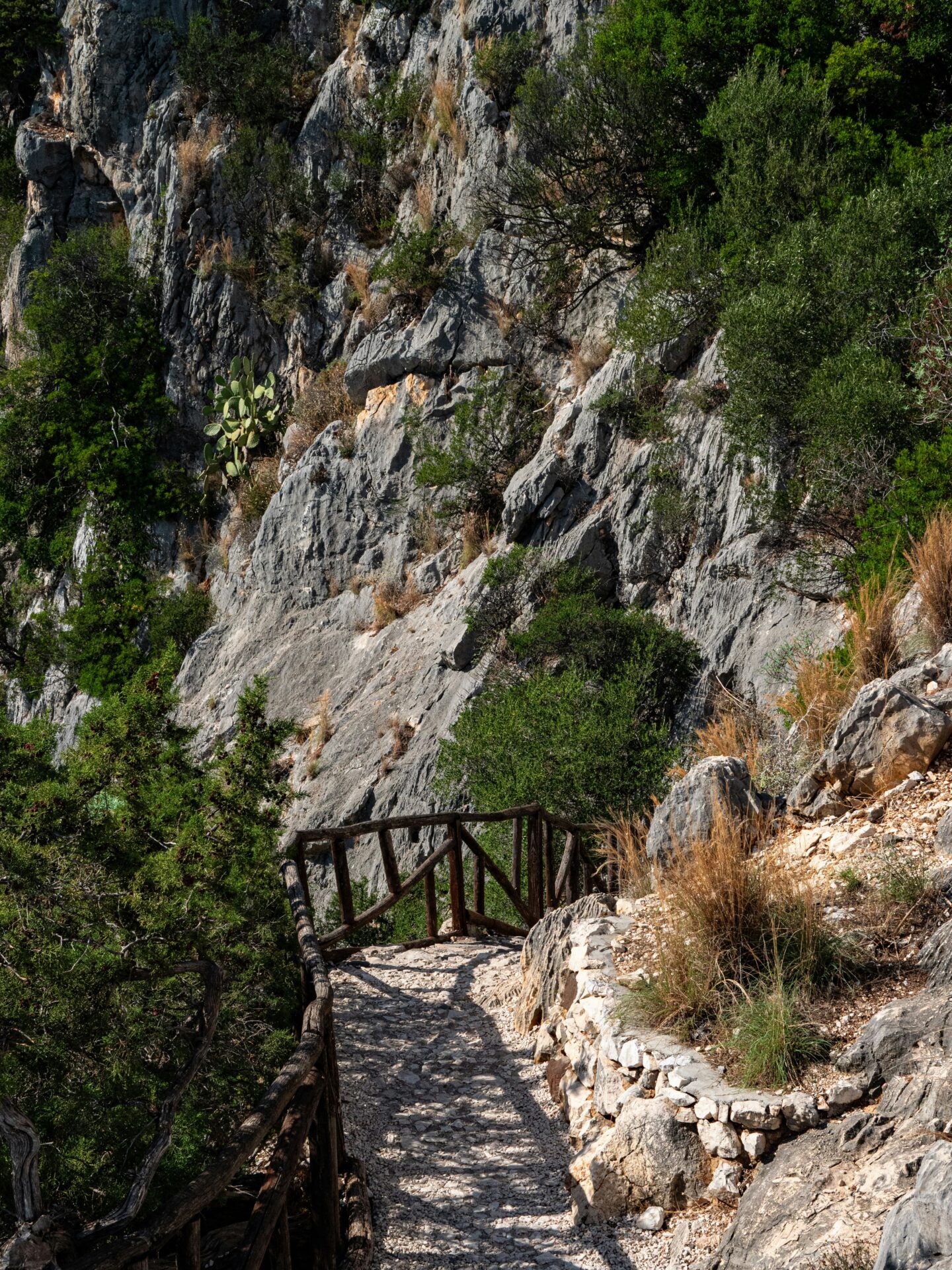
Navigating by Rental Car and Eurail
You pretty much need a rental car to see Sardinia properly. The coastal roads offer views you just can’t get on a bus.
I usually book through local agencies in Cagliari. They’re about 30% cheaper than the big international brands. Small SUVs are best for the bumpier roads.
The Eurail pass actually covers the “Trenino Verde” (Little Green Train), a charming old railway that snakes through the mountains. It’s a fun day trip if you want something different.
Ferries run regularly between the main ports, so island-hopping is doable. The Olbia-Civitavecchia route is my go-to—always reliable and comfortable.
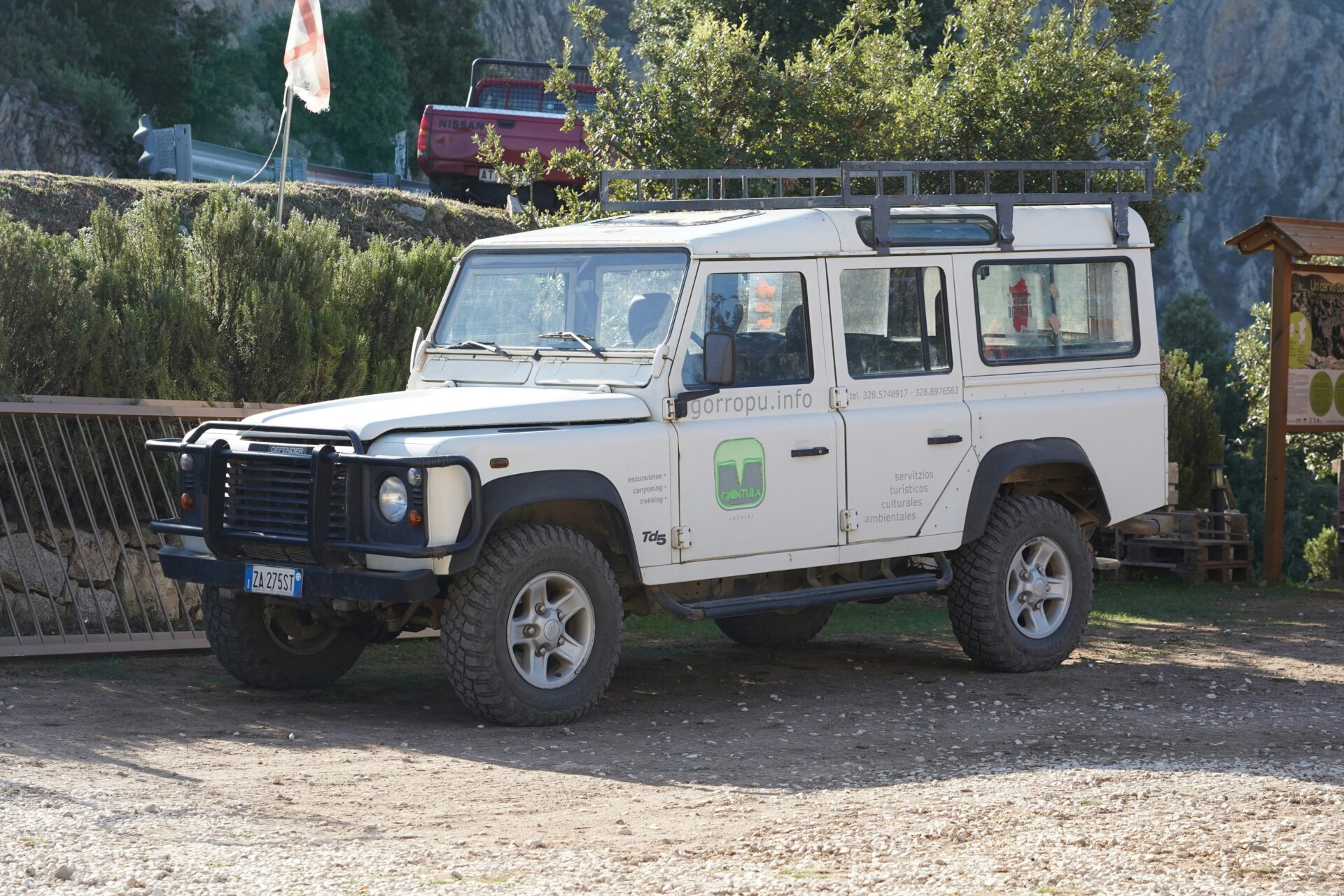
Comparing Transit With Bastia, Palermo, and the Italian Riviera
Sardinia’s roads beat Corsica’s hands down—less traffic, better maintained. The drive from Cagliari to Olbia takes about three hours, while similar drives in Corsica take way longer.
Palermo’s hectic traffic and scarce parking make Sicily stressful for drivers. Sardinia’s towns, even the busiest, have plenty of parking.
The Italian Riviera might have more trains, but those coastal roads get jammed in summer. Sardinia’s highways and backroads stay calm, even in peak season.
Getting in and out is easy too. Cagliari, Olbia, and Alghero all have direct flights from major European cities, so you don’t have to mess around with endless transfers like you would on the Riviera.

Comparing Sardinia With Other Destinations After 50+ Countries
After all my travels, Sardinia still stands out. The island’s mix of wild beauty, authentic culture, and slower pace is tough to find anywhere else.
Lifestyle Differences From Developing Countries and Pacific Northwest
In developing countries, you get that buzzing street life and lively markets. It’s exciting, sure, but often lacks the easy blend of relaxation and sophistication I find in Sardinia.
The Italian lifestyle—long meals, sacred afternoon breaks—couldn’t be more different from my time in the Pacific Northwest. Seattle’s nature is lovely, but the constant drizzle just can’t compete with Sardinia’s steady sun.
What really makes Sardinia different is how easy it is to reach untouched nature without giving up comfort. Lots of developing regions have amazing scenery, but the infrastructure can be tough. Sardinia gives you world-class beaches and all the amenities close by.
Life here feels unrushed. People savor the moment. It’s a welcome change from my usual go-go-go routine.

Contrasts With Etna, San Juan, and Tropical Cyclone Regions
Sicily’s Mount Etna area has dramatic landscapes and deep history, but it doesn’t have Sardinia’s clear turquoise water or quiet beaches. The ruins in Sardinia feel more personal, less commercial.
Puerto San Juan charms with its colonial buildings and lively culture, but the tropical humidity can be a lot. Sardinia’s Mediterranean weather feels just right—warm, but not sticky.
Places that get tropical cyclones (like parts of Southeast Asia I’ve visited) are gorgeous, but you never know what the weather will do. Sardinia’s climate is steady, so planning a summer trip is a breeze.
Sardinia’s rules to limit beach crowds can be a hassle sometimes, but they protect the island’s beauty. Honestly, that kind of forward-thinking is rare.

Lessons From Research Teams and Literature Reviews
When I worked with archaeological research teams across the Mediterranean, I started to really appreciate Sardinia’s unique nuragic ruins. These ancient stone structures are honestly remarkable, but they barely get any attention compared to the big-name sites.
I keep seeing in literature reviews about Mediterranean tourism that Sardinia just doesn’t have as many places to stay as other islands. Strangely enough, this has helped preserve what makes Sardinia so special—those authentic villages where mass tourism hasn’t taken over.
Travel writers love to rave about incredible, one-off experiences. But honestly, my research points to something else: the most meaningful travel usually happens when you return and dig deeper. Sardinia really shines if you take that approach.
The island just doesn’t fit the usual checklist tourism mold. Instead of racing from one “must-see” spot to the next, Sardinia kind of nudges you to slow down. Maybe you’ll stumble on a hidden cove at low tide or find a family-run restaurant where the recipes go back generations.
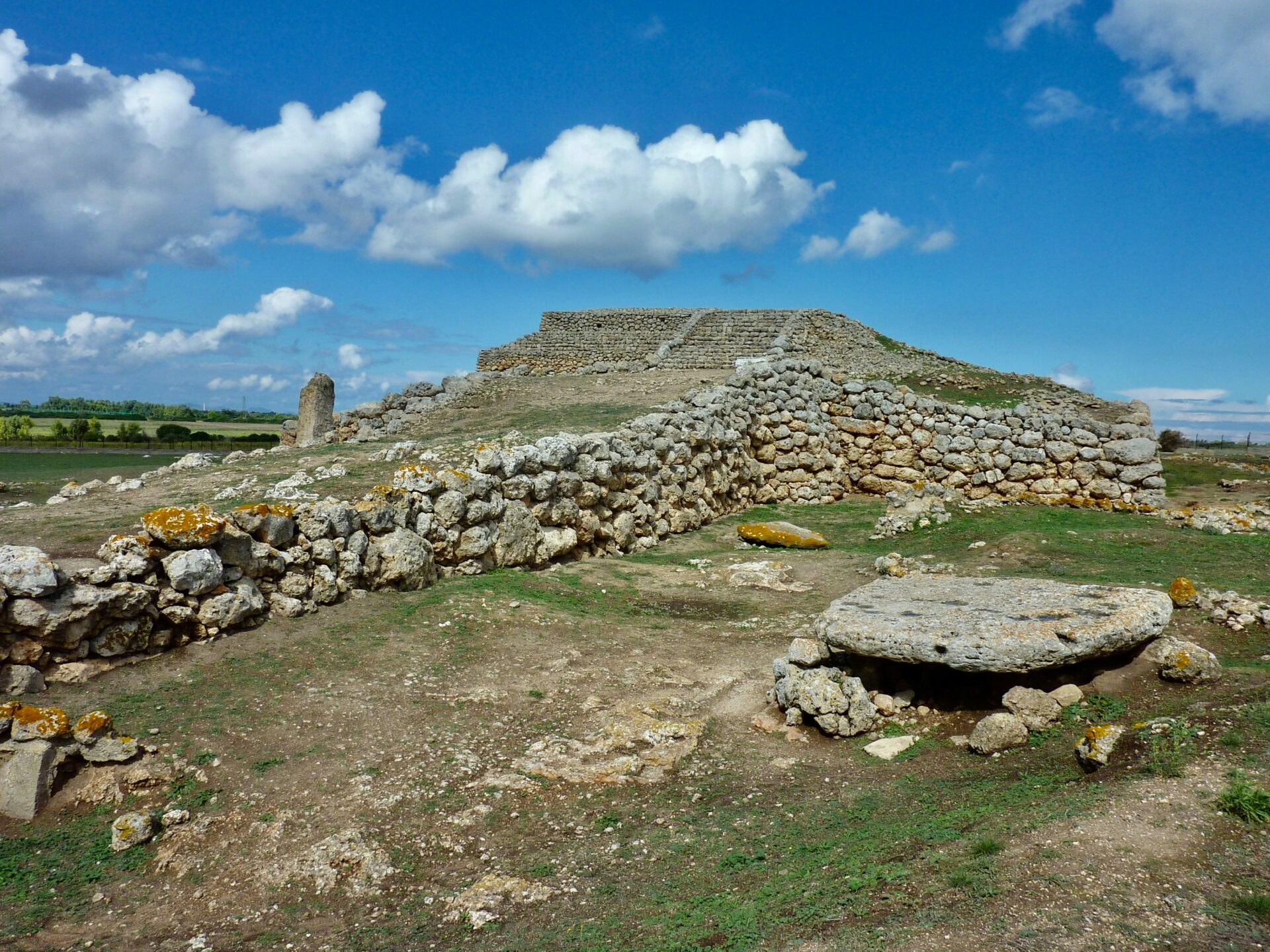
Personal Reflections: Why I Keep Returning Every Summer
I’ve explored more than 50 countries, but somehow Sardinia keeps calling me back every summer. It’s not just the gorgeous beaches or the crazy-clear water—there’s a rhythm to life here that I haven’t found anywhere else, and the connections I’ve made mean a lot to me.
Seasonal Traditions and Local Festivals
For me, summer in Sardinia is all about diving into the island’s culture. The Festa di Sant’Efisio kicks things off in early May. The processions, the costumes—it’s all so colorful and honestly feels like stepping back in time.
Come July, I always make time for the Cavalcata Sarda in Sassari. Watching the horsemen pull off wild acrobatics is something else. These festivals aren’t put on for tourists; the locals really welcome you in.
But my favorite? It has to be La Sagra del Redentore in August. My friends and I hike up Mount Ortobene before sunrise to catch the start of this spiritual festival. It’s a tradition I can’t imagine skipping.
Late summer brings the harvest festivals, and that’s when I get a real taste of Sardinian agricultural life. Elderly women have taught me to make traditional pane carasau—they always insist I come back for more lessons.

Genuine Connections and Community Bonds
But honestly, what keeps pulling me back is the community I’ve found here. I don’t just have quick chats with locals; over the years, I’ve made real friends who save my favorite table at their restaurant.
My landlady Maria treats me like family. She leaves fresh figs on my doorstep and invites me to those long Sunday lunches where three generations squeeze around the table. You can’t book that kind of experience online.
I’ve watched the kids in the village grow up. Some practice their English with me, and their grandparents still try to teach me the Sardinian dialect—even though my accent is hopeless.
Every June, the fishermen at the harbor recognize me. They save a bit of their catch for “the American who speaks bad Italian.” It’s these little human moments that make Sardinia richer than any fancy resort ever could.

Beyond Data Analytics: Traveling With Heart
I work in data analytics, so at first, I treated travel like a project—counting countries, building spreadsheets, the whole deal.
But then Sardinia happened. I set the metrics aside and just let myself feel the journey for once.
These days, I measure experiences by moments, not numbers. That evening when an elderly shepherd waved me in for dinner after my car broke down? No spreadsheet could ever capture that.
My favorite Sardinian memories can’t be pinned down to data points. There’s the scent of myrtle and juniper drifting on the breeze, the way the Mediterranean glows blue at sunrise, or the taste of fresh sea urchin eaten with new friends.
People sometimes ask why I don’t just pick a new destination. Honestly, I’m not interested in collecting places anymore.
In Sardinia, I’ve found that going back—digging deeper into one spot—teaches me way more than just skimming through a bunch.

